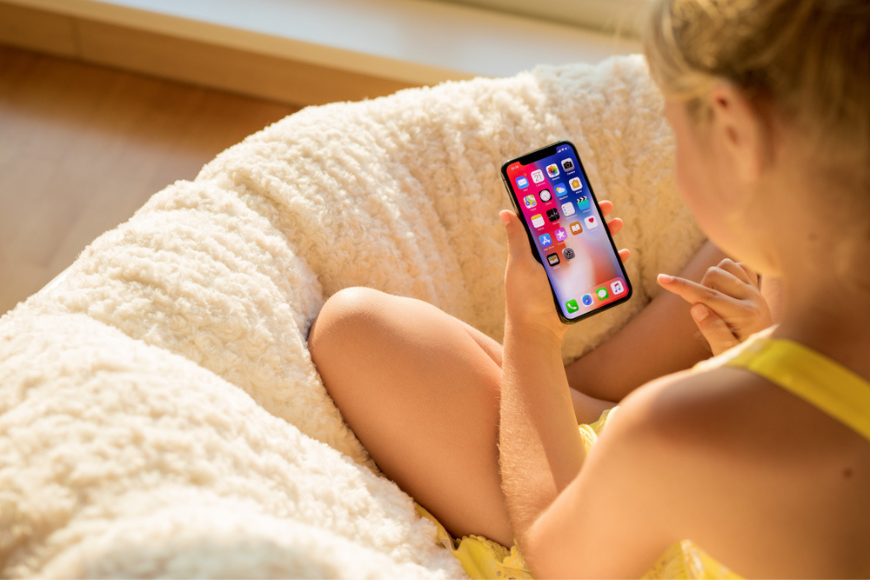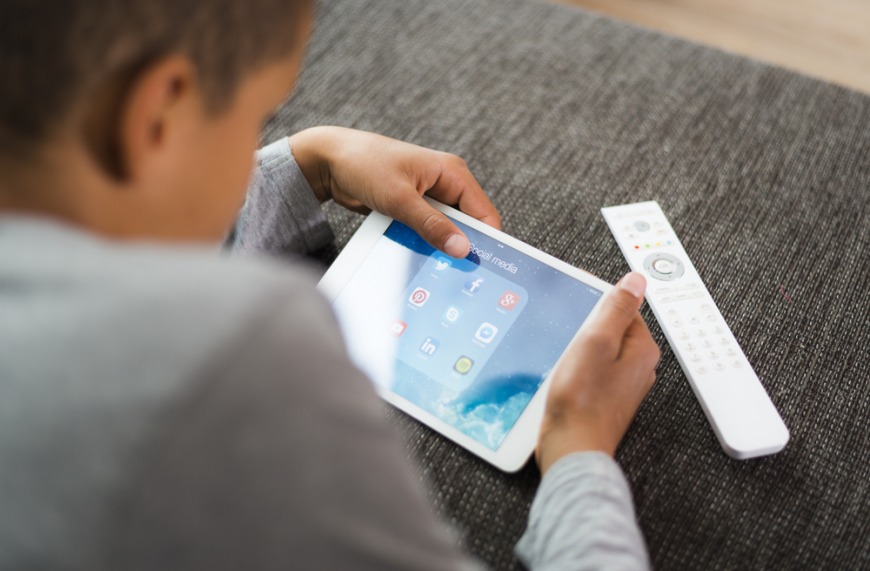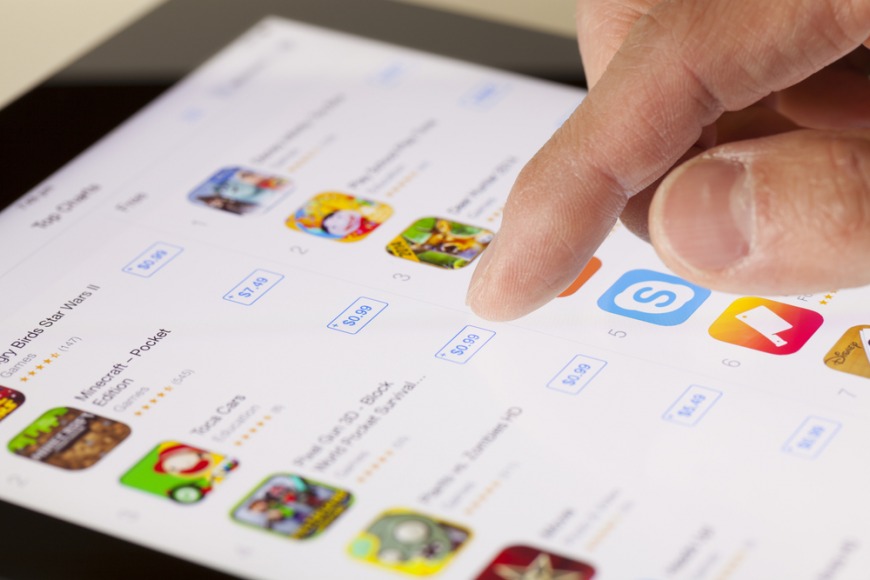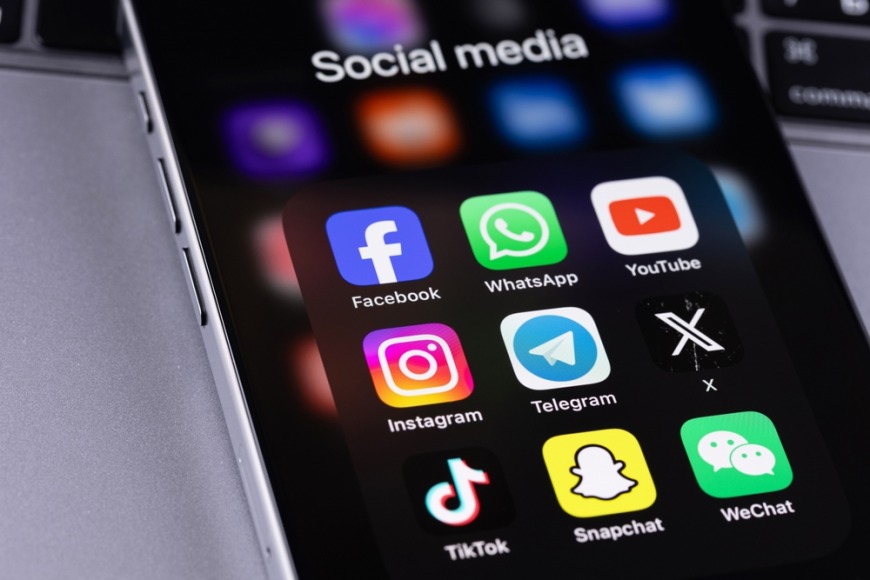8 Phone & Tablet Settings to Change Now For Your Child's Online Safety
Does your child or teenager use their own phone or tablet? Consider these device settings to boost your kid's safety whenever they're using it
24 July 2024

Top tips to improve your child's safety while online.
With school holidays on the way, children and teenagers are likely to spend more time online, making them more vulnerable to online predators.
As a parent, it is crucial to take proactive steps to protect your children.
Cyber Security expert Robert Kirk from SEO Builder provides tips on essential device settings to switch off to ensure their online safety during the school holidays.
1. Location Services
If your kid or teen has their own smartphone or tablet device, it's recommended to switch off location services.
Location services can reveal your child's real-time location to apps and websites, potentially putting them at risk.
How to Switch Off Location Services:
iOS: Go to Settings > Privacy > Location Services, and toggle it off. For specific apps, you can select "Never" or "While Using the App."
Android: Go to Settings > Location and toggle it off. You can also manage app permissions under App Permissions.

2. Bluetooth and AirDrop
It's important to switch off Bluetooth and AirDrop features when it's not in use. Leaving it on can allow nearby devices to connect to your child's device without their knowledge, leading to potential security breaches.
How to Switch Off Bluetooth and AirDrop:
iOS: Swipe down from the upper right corner (or up from the bottom edge) to access the Control Center and turn off Bluetooth and AirDrop.
Android: Swipe down from the top of the screen to access the quick settings menu and turn off Bluetooth.
3. In-App Purchases
Want to avoid a surprise payment on your credit card? You'll want to turn off in-app purchases on your kid's device, as it can lead to unauthorised spending and access to premium content not suitable for children.
How to Switch Off In-App Purchases:
iOS: Go to Settings > Screen Time > Content & Privacy Restrictions > iTunes & App Store Purchases and set In-app Purchases to Don’t Allow.
Android: Open the Google Play Store, tap the menu icon, go to Settings > Require authentication for purchases and select For all purchases through Google Play on this device.

4. App Permissions
Many apps request unnecessary permissions that can access personal information and device features.
How to Switch Off App Permissions
iOS: Go toSettings > Privacy and review each category (e.g., Camera, Microphone, Contacts) to turn off permissions for non-essential apps.
Android: Go to Settings > Apps & Notifications > App permissions and review each category to manage permissions for individual apps.
5. Camera and Microphone Access
Parents will want to switch off unauthorised access to the camera and microphone, as leaving it on can lead to privacy invasions.
How to Switch Off Camera and Microphone Access:
iOS: Go to Settings > Privacy > Camera/Microphone and toggle off access for specific apps.
Android: Go to Settings > Apps & Notifications > App permissions and toggle off access for specific apps under Camera and Microphone.

6. Chat and Messaging Features in Games
Many online games have chat features that can expose children to inappropriate content or contact with strangers.
How to Switch Off Chat and Messaging Features in Popular Kids Games:
Fortnite: Go to Settings > Parental Controls and disable voice chat.
Roblox: Go to Settings > Privacy and adjust Contact Settings and Other Settings to No one or Friends.
7. Social Media Privacy Settings
Public profiles on social media can expose your child's personal information and location to strangers.
How to Make Your Social Media Account Private:
Facebook: Go to Settings & Privacy > Settings > Privacy Settings and adjust settings to Friends or Only Me for various options.
Instagram: Go to Settings > Privacy and switch on Private Account
TikTok: Go to Settings and Privacy > Privacy and switch on Private Account.

8. Autoplay Features
Autoplay can lead to exposure to inappropriate content without active selection, such as on YouTube and streaming platforms like Netflix and Starzplay.
How to Switch Off Autoplay:
YouTube: Go to Settings > Autoplay and toggle off Autoplay next video.
Netflix: Go to Account > Profile & Parental Controls > Playback Settings and uncheck Autoplay next episode in a series on all devices.
3 Tips to Boost Your Child's Safety Online
1. Educate Your Child:
Teach your children about online safety, the importance of keeping personal information private, and the risks of talking to strangers online.
2. Regular Monitoring:
Regularly review your child's device settings and online activity to ensure ongoing safety.
3. Use Parental Controls:
Utilise parental control apps and settings to monitor and manage your child's online activity effectively.
By switching off these settings and staying vigilant, you can significantly reduce the risks your children face online and help ensure they have a safe and enjoyable school holiday season, adviced Kirk.

























.png?itok=SvZPqMHH)




.png?itok=uB2ieOR7)












